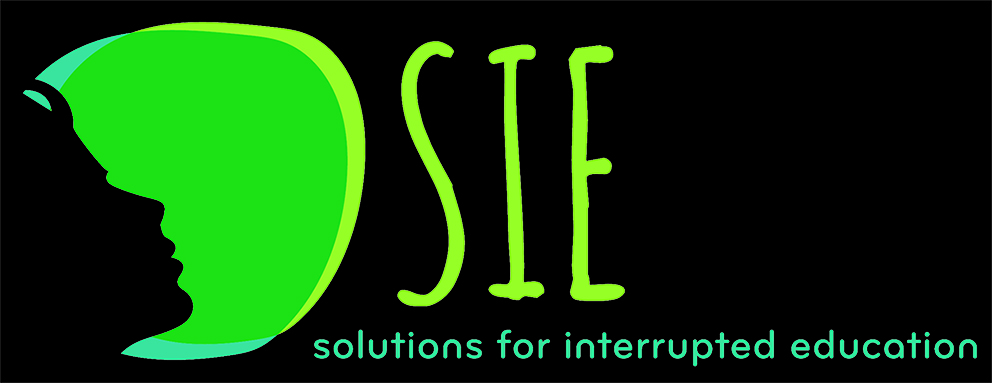The global Challenge
"When I was a child my dream was to go to school, but it was not permitted. When I became a mother, I said, 'No matter what, my girls are going to school.' Then the Taliban came." - Fahima’s Mother
Today, an estimated thirty million refugee children and teenagers like Fahima have survived the violence of war and political oppression.
They have experienced the deaths of family members and friends, endured or witnessed rape, been forced to become soldiers, and fled from country to country. On this terrible journey, most have lost critical years of education or never been to school at all.
If and when child survivors of war return to school, or begin for the first time, they often lack basic skills and confidence in their own ability as learners. Faced with textbooks they don’t understand and teachers who lack time and resources for addressing their unique needs, many give up on the education that might otherwise be their pathway to a happy and productive future.
In the U.S.
Among the world’s thirty million child survivors of war, annually an estimated 30,000 to 40,000 come to the United States.
These “lucky ones” are resettled in high-crime, low-income neighborhoods where they face another harsh reality—overburdened, underfunded schools with teachers ill-equipped to meet the unique needs of child survivors of war and interrupted education.
With limited English, and little-to-no formal education, young survivors of war must often fend for themselves. The results are predictable. In Fahima’s high school, for example, only one in three teen survivors of war graduates. Just as disturbing, only 44 percent of locally born students graduate, a figure reflecting the shocking number of native English speakers who likewise fall critically behind in school.
An Inadequate Response
There is little research about children and teens with critically interrupted education or low formal education, a category that includes kids with no education at all. There is even less research documenting effective tools and methods for their teachers and mentors. Likewise, there are no comprehensive models that cover teaching philosophy, professional training, instructional tools, assessment, the role for technology, the impact of trauma on learning (and ameliorating strategies), family and volunteer outreach, community-building, and so on.
Policy Muddles
Adding to the muddle, many of the educational policies of the US create barriers to success. For example, policies requiring “age appropriate” education routinely place children with interrupted education at grade levels far beyond their ability, with teachers who do not have the time or training to teach basic skills.
Fahima, who at sixteen came to the US unable to read or write even in her own language, was placed in a seventh grade class and expected to read textbooks in a language that she could not understand. Fortunately for Fahima, she found a Saturday School (established by founders of SIE) designed to meet the needs of refugee students with critically interrupted education. Today, she has graduated from a four-year liberal arts college. As the first in her family with a high school or college degree, she is now helping other young refugee teens achieve their own educational dreams.
A High Risk Mission
Internationally, there are a number of community-based schools and projects whose passionate educators and volunteers are trying to meet the unique needs of students with interrupted education. Many function in the absence of basic safety, and almost all lack sufficient financial and educational resources, including books and professional development. Relatively few have been exposed to child-centered, evidence-based philosophies of education. Facing extraordinary challenges, school and project staff and volunteers must carry on their high-risk mission without support from an organization specifically focused on their needs.
It is the mission of the ASPIRE Program to address this growing global challenge.




